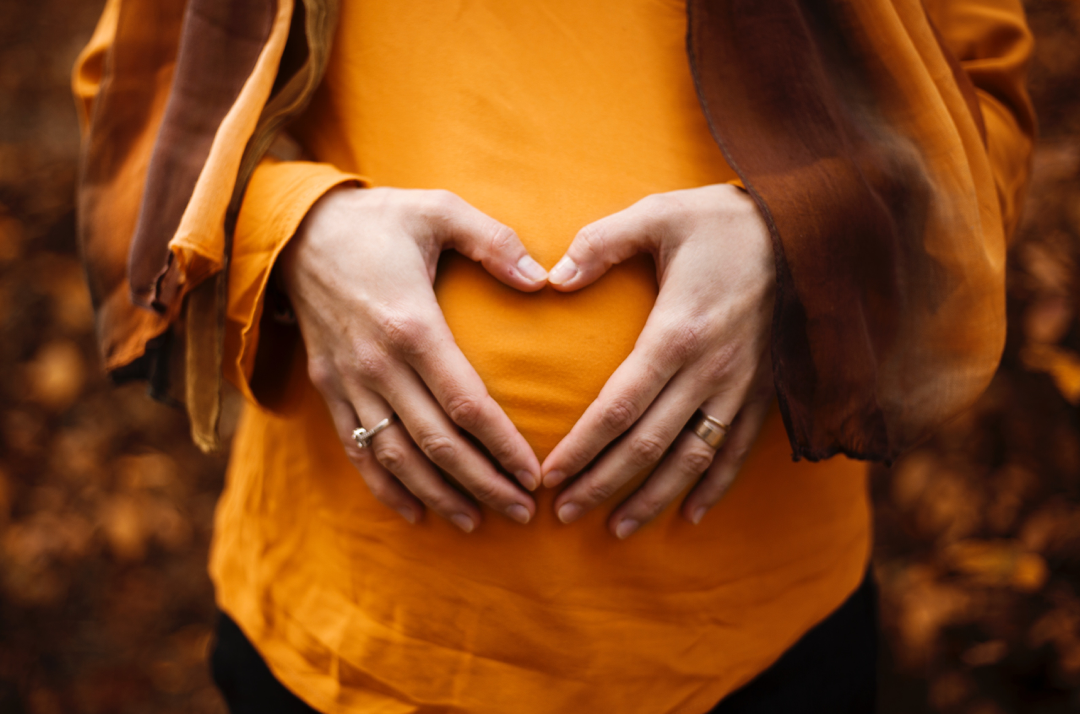How big is a big baby?
A big baby or a baby with Macrosomnia is defined as a baby with a birth weight that is more than 8lbs 13oz(1). 89.6% of babies are born weighing 8lbs 13oz or less. This means that even though macrosomia is somewhat uncommon, it’s still frequently suspected.
How is big baby or macrosomia diagnosed?
Because of the inaccuracies of ultrasound, 𝟭/𝟯 𝘄𝗼𝗺𝗲𝗻 𝗮𝗿𝗲 𝘁𝗼𝗹𝗱 𝘁𝗵𝗮𝘁 𝘁𝗵𝗲𝗶𝗿 𝗯𝗮𝗯𝘆 𝘄𝗶𝗹𝗹 𝗯𝗲 𝗯𝗶𝗴. One of the big reasons for the inaccurate fetal weight prediction is because different sonographers can use different equations to predict birth weight. The equation that has had the most accuracy is when the baby’s abdominal measurement is used.
Technology can NOT accurately predict a big baby.
Factors linked to macrosomia
Your baby being suspected of macrosomia increases risks
Why is it so important to know that fetal ultrasound weight predictions are so inaccurate?
Because there are 𝗺𝗼𝗿𝗲 𝗿𝗶𝘀𝗸𝘀 𝗳𝗼𝗿 𝗯𝗮𝗯𝗶𝗲𝘀 who are 𝗦𝘂𝘀𝗽𝗲𝗰𝘁𝗲𝗱 𝗼𝗳 𝗯𝗲𝗶𝗻𝗴 𝗮 𝗯𝗶𝗴 𝗯𝗮𝗯𝘆 𝘁𝗵𝗮𝗻 𝗯𝗮𝗯𝗶𝗲𝘀 𝘄𝗵𝗼 𝗮𝗿𝗲 𝗔𝗖𝗧𝗨𝗔𝗟𝗟𝗬 𝗕𝗜𝗚! Remember, 𝟭/𝟯 𝘄𝗼𝗺𝗲𝗻 𝗮𝗿𝗲 𝘁𝗼𝗹𝗱 𝘁𝗵𝗮𝘁 𝘁𝗵𝗲𝗶𝗿 𝗯𝗮𝗯𝘆 𝘄𝗶𝗹𝗹 𝗯𝗲 𝗯𝗶𝗴. When babies are suspected to be big, they have higher rates of ‘stalled’ labor, higher induction rates, and 𝟮-𝟯𝘅 𝗵𝗶𝗴𝗵𝗲𝗿 𝗰𝗲𝘀𝗮𝗿𝗲𝗮𝗻 𝘀𝗲𝗰𝘁𝗶𝗼𝗻 𝗿𝗮𝘁𝗲 compared to babies who are born big without the prior diagnoses or suspicion!
𝗨𝗹𝘁𝗿𝗮𝘀𝗼𝘂𝗻𝗱𝘀 𝗵𝗮𝘃𝗲 𝗯𝗲𝗲𝗻 𝗳𝗼𝘂𝗻𝗱 𝘁𝗼 𝗢𝗩𝗘𝗥 𝗲𝘀𝘁𝗶𝗺𝗮𝘁𝗲 𝗮 𝗯𝗮𝗯𝘆’𝘀 𝘄𝗶𝗴𝗵𝘁 𝟳𝟬% 𝗼𝗳 𝘁𝗵𝗲 𝘁𝗶𝗺𝗲
Yet, Nondiabetic women only have a 7.6% chance of having a big baby(5)! How crazy is it that SO many birthing people are told that their baby is going to be large when such a small amount actually have large babies? Studies have found that only 1.3% of babies are born weighing more than 9lbs 15oz.
Is having a big baby dangerous?
Most of the concern around big babies is that people have become cultured to believe birthing a big baby is more dangerous for the birthing person and baby. Let’s talk about each potential risk.
Still Birth
Some care providers will stress that big babies have a higher chance of being born stillborn. The evidence does not show this. It is actually the babies on the small extreme that are more likely to be stillborn(4).
Shoulder Dystocia
Shoulder dystocia is the prolonged delivery of a baby’s head to the delivery of their shoulders. While diabetic mothers are more likely to have shoulder dystocia, there is no possible way to predict shoulder dystocia. Statistically, only 0.65% of babies who are born weighing treated than 8lbs 13oz experience shoulder dystocia. The risk of these babies receiving nerve damage from shoulder dystocia is 0.009%. Learn more about shoulder dystocia by reading my blog about Shoulder Dystocia Here.
Birth Fractures
It is rare for a baby, even a big baby, to experience birth fractures. Only 0.54% of big babies have fractures during birth compared to 0.08% that smaller babies do(6).
Interventions for Suspected Big Babies
The suspicion of a woman having a big baby doubles her chances of having a cesarean section even though there is no evidence of improved outcomes for mom and baby. It is important to remember that C-sections come with their own risks as well.
When babies are suspected to be big, they have higher rates of ‘stalled’ labor, higher induction rates, and 𝟮-𝟯𝘅 𝗵𝗶𝗴𝗵𝗲𝗿 𝗰𝗲𝘀𝗮𝗿𝗲𝗮𝗻 𝘀𝗲𝗰𝘁𝗶𝗼𝗻 𝗿𝗮𝘁𝗲 compared to babies who are born big without the prior diagnoses or suspicion!
Multiparous women with a previous delivery of a macrosomic infant were at lower risk of maternal complications (3)
Care Providers may use Macrosomnia as a reason for Induction. As of 2018, the American College Of Obstetricians & Gynecologists (ACOG) does NOT recommend induction in cases of macrosomia (2). Although induction is not recommended, care providers of 2/3 of the women who were told they were going to have a big baby discussed induction and/or cesarean section. Can you see how many women are undergoing induction or planned cesarean for macrosomia when ACOG doesn’t recommend it and when big babies cannot be diagnosed by technology? Less than half of women whose Care providers counseled them about big babies gave birth vaginally. Let’s remember again that birthing people only have a 𝟵.𝟳% chance of having a big baby!
Weighing the Risks of having a big baby
As an expecting parent, you can look into the potential risks and weigh your options. Does your baby potentially being big really pose a threat? Do we have any of the risk factors that are linked to big babies? Are the risks of having a big baby higher than the risks of a planned induction or cesarean? To aid you in your decision-making process, I have included several resources below!
If you are needing additional guidance and support, please don’t hesitate to book a free consult with me about providing doula services by Clicking Here. Want to continue to learn more about your options in pregnancy and birth? Check out my other blog posts Here.
Resources about Big babies
Macrosomia Definition
Practice Bulletin No. 173: Fetal Macrosomia
What are the birth implications for a suspected big baby? Evidence-Based Bith Podcast
Maternal and neonatal complications of fetal macrosomia: systematic review and meta-analysis
Birth weight percentile and the risk of term perinatal death
Risk factors for recurrent macrosomia and child outcomes

Jenni Jenkins – Sekine is an Oklahoma Bereavement, Birth, & Postpartum Doula and Child Birth Educator who serves her Central Oklahoma community. She is also a midwifery assistant with Holistic Birthing Services and began her journey as a student midwife with the Midwives College of Utah in 2022.
Jenni is also the creator & facilitator of the Kaleidoscope OKC LGBTQ Family Support Group & the Nurture Oklahoma Live Interview Series.
To learn more about Jenni, please click here.





